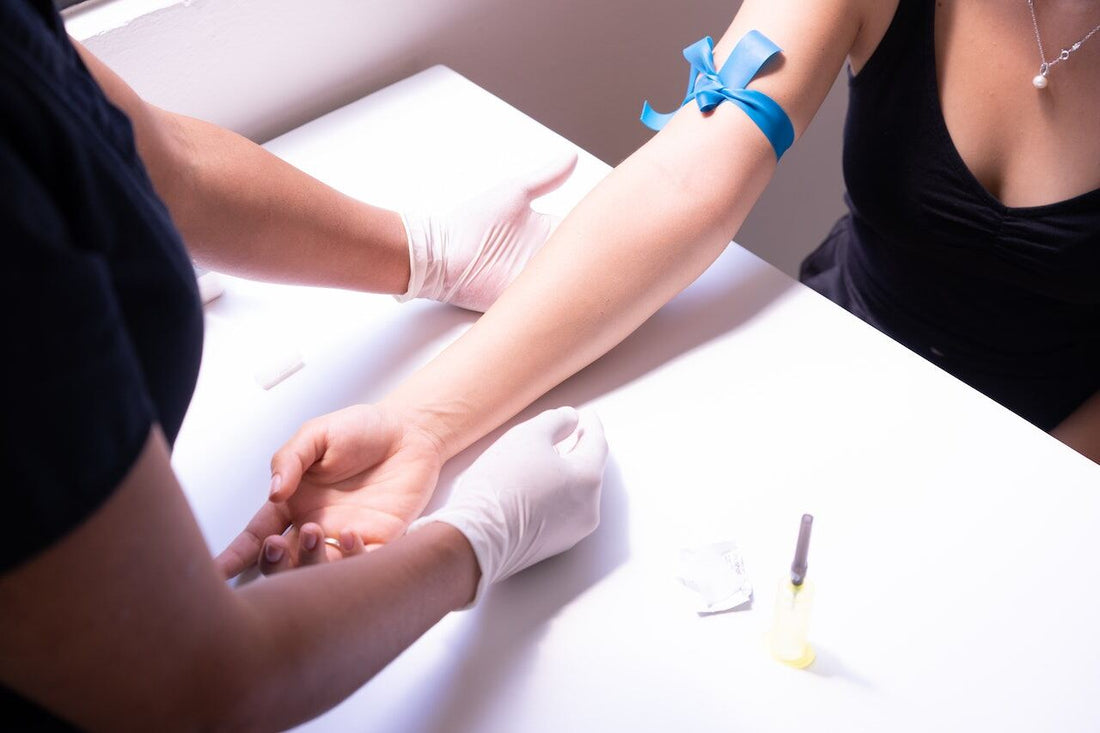Thanks to technological advances, tourniquet cuffs have come a long way in recent years. Today's tourniquet cuffs are equipped with pressure regulators to keep the cuff pressure at a set level, an automatic timer to track inflation time, and an alarm that goes off if the inflation time exceeds the limit.
These features are vital to ensure the safety of patients during surgery. The pressure regulator prevents the cuff from becoming too tight and cutting off circulation, while the timer and alarm help to ensure that the tourniquet is not left on for too long, which can cause tissue damage.
Overall, tourniquet cuffs have come a long way in recent years and are much safer and more user-friendly than ever before. Read on and learn more about what to look for when shopping for one.
Innovative Safety Features
Some tourniquet manufacturers provide useful safety features, including:
1. A safety release valve that allows the user to relieve pressure if the tourniquet becomes too tight
2. A built-in indicator that shows when the tourniquet is applied correctly
3. A locking mechanism that prevents the tourniquet from being released accidentally
Think About the Cuffs
When choosing a tourniquet system, be sure to consider the size and shape of the cuffs. You'll want cuffs that fit the patient population you're treating. Some manufacturers offer cuffs in various sizes and shapes to fit a wide range of patient limbs. You may also want to consider using limb protection sleeves to help prevent damage to the skin beneath the cuff.
Tourniquet cuffs are available in either dual-port or single-port configurations. Dual-port cuffs have two separate tubing connections between the instrument and each attached cuff, while single-port cuffs have only one. Generally, dual-port cuffs are more accurate and reliable than single-port cuffs. This is especially important when measuring limb occlusion pressure.
Single-port instruments have only one tube connecting the device to the cuff. You should never use adaptors to connect single-port cuffs to dual-port instruments or to connect dual-port cuffs to single-port instruments.
Tourniquet machines can have one or two channels. This is helpful for procedures that require pressure in two cuffs at the same time. Each channel has its pressure gauge, inflation time indicator, and separate controls for inflation and deflation. This way, you can easily keep track of each cuff's progress. The tubing connecting the cuffs to the machine is also colour-coded so you can tell them apart. Some models of this machine also have an interlock feature, which helps prevent one of the cuffs from accidentally deflating during the procedure.
Single-channel instruments only control the pressure in one cuff at a time. You can use two single-channel instruments together for procedures on both arms or legs, but you should never use an adapter to connect two or more cuffs to a tourniquet instrument that is only meant to be used on one arm or leg.
Conclusion
There are many factors to consider when choosing a new tourniquet system. The type of tourniquet, the size and weight of the patient, the type of injury, and the location of the injury all play a role in choosing the best tourniquet system. With so many options on the market, it is essential to research and consult a medical professional to find the best tourniquet system for your needs.
Are you looking for tourniquets for sale? Turn to UKMEDI, the fastest, easiest, and most reliable place to find your disposable medical supplies. Shop now.

